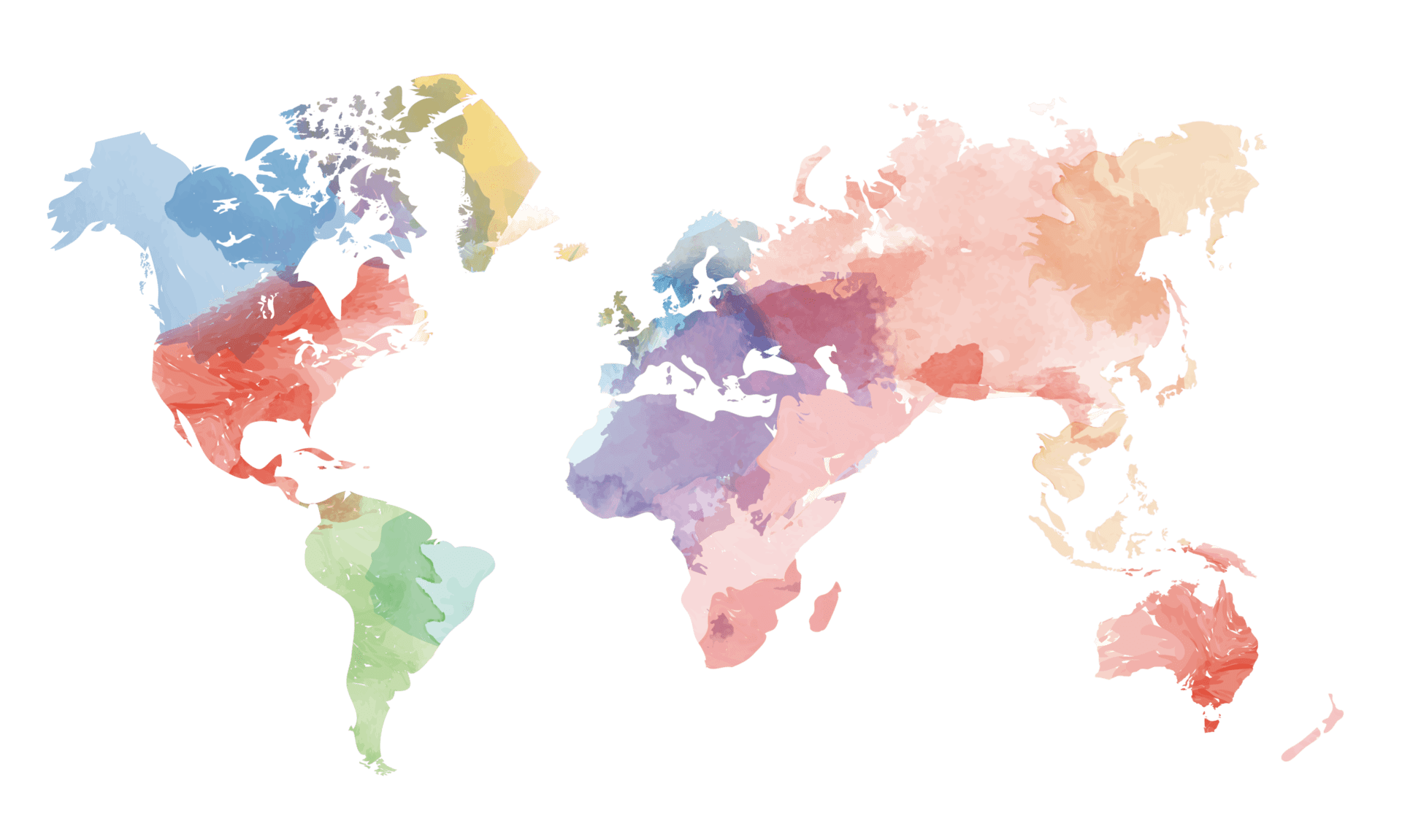Stories constantly vie for our attention. We put ourselves in their path every time we sit down at a computer or pick up our phones. These stories appeal to absolutely everyone—the ones who like to read, the ones who surf YouTube like it’s a sport, the ones who listen to podcasts on their commute. Is it any wonder that there’s a premium on developing concepts and producing and packaging content?
It’s incredible to think how quickly we got here. As recently as the 1990s, no one could imagine journalism—the art of storytelling—changing so radically. Journalists still observe the world and share what they see, and they still embrace journalism’s traditional tenets: objectivity, accuracy, credible sourcing and compelling writing. However they’ve had to adapt quickly to an environment that looks nothing like the one that came before. Today’s storytellers work across various media using a combination of text, images, sound, video and graphics.
You may still see a morning newspaper or the 6 o’clock news, but odds are that you first spotted the day’s headlines when you checked your phone in line at the supermarket, or clicked on a Facebook post during your lunch break. Multiple platforms is our new norm, and it offers endless ways to tell our stories. Even the old graph—the go-to for translating numbers into something slightly less boring—is now animated, bouncing and growing.
Multimedia storytelling also allows for interaction. Social media and blog-style sites encourage us to like, share and comment on stories, and surveys and quizzes beg for engagement. We know what everyone else is reading now, and we even know what they think about it.
What does this mean for your story?
Journalists and anyone with a story to tell have so many decision to make. Which platforms? Can it use animation? What about embedded tweets? Have you thought about adding music or an interactive graphic?
Your customers visit websites, download podcasts, flick on the TV, inhabit social networks, tune in to the radio, and follow newspapers and magazines—sometimes in print, but increasingly online.
When it comes time to tell your story, you’ll probably adapt your content to a combination of media. If you’re wondering what direction to take, start by answering some basic questions:
- What elements of this story will grab and hold the audience’s attention?
- What media will be the most accessible to the people I want to reach?
- How much content, and what kind, will I have to work with?
- On which platforms can this be communicated clearly and accurately?
And the final question to ask is, “How do I get cut-through in an information-saturated world?”
Here at Creatipix, we have a team of multimedia storytellers who can help your story stand out. If you’re intimated by the options, our experts can help you make a plan and execute it. We are a team of experienced videographers, writers, photographers, graphic artists and writers.
If you have a story to tell, we’d love to hear it. Our job is to help compelling content thrive in this new digital world’s wilds.

